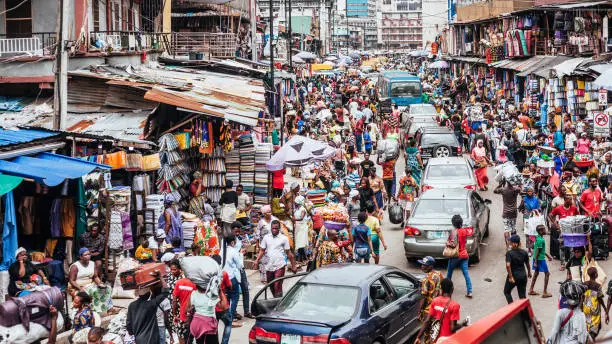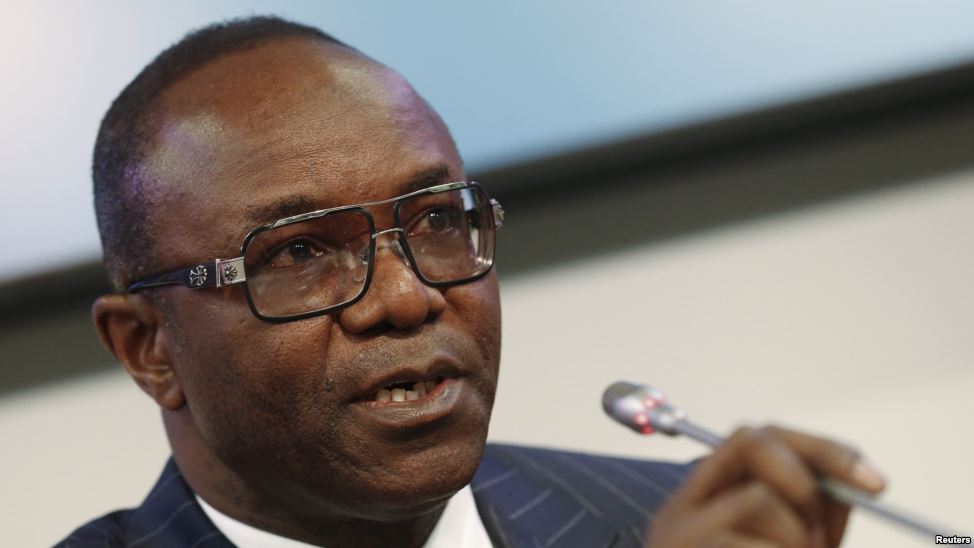In just over a decade, Nigeria will have some of the highest concentrations of young people in the world. Currently, 43 per cent of Nigeria’s population is aged 0 – 14 years compared with the global average of 25 per cent.
This is the first in a five-part series that will explore the megatrends that will shape Nigeria’s future and how we can respond today.
The concept of megatrends can be attributed to the 1982 book, Megatrends: The Ten New Directions Transforming Our Lives by American futurologist John Naisbitt. The concept has since then been used by think tanks, businesses, governments, and inter-governmental organizations to analyse long-term, radical tectonic shifts that have trajectory-altering implications.
This series will explore five megatrends in Nigeria and how they affect us all. These are youth population growth; climate change and resource scarcity; hybridized religiosity; limited access to quality education; and increasing mobile phone ownership and internet access.
These megatrends reinforce each other through various interlinkages. Climate change for example poses complex threats with potentially disruptive effects on economic growth, health, food security, and peace. Youth population growth has implications on economic growth as well as food security, migration, peace, and stability. How Nigeria deals with these megatrends will determine the future of the country.
This first article focuses on youth population growth and its implications for Nigeria.
In just over a decade, Nigeria will have some of the highest concentrations of young people in the world. Currently, 43 per cent of Nigeria’s population is aged 0 – 14 years compared with the global average of 25 per cent. This poses significant opportunities and threats.
Of connected interest is the youth population of our significant neighbouring countries. Niger, Mali, and Chad (in that order) have the three highest percentages of 0-14 population in the world at 50 per cent, 47 per cent, and 46 per cent respectively. Increasing pressure from climate change and resource scarcity across the Sahel region will lead to a mass migration of young people in search of opportunities. Nigeria will be the likely destination considering the cultural similarities between these countries and northern Nigeria as well as the relative economic opportunities in Nigeria.
Additionally, the political instability and insecurity in these countries will further impel mass movements of people towards Nigeria. Migration is not necessarily a bad thing, however, when it is a migration of uneducated, unskilled, unemployed (and potentially frustrated) youth, the consequences can be dire. Niger, Mali, and Chad have some of the poorest youth education outcomes in the world. They also expectedly have some of the lowest adult literacy rates in the world.
The Nexus of Youth Population Growth and Insecurity
Since the Maitatsine Islamic revivalist movements of the 1980s, various Islamist groups have emerged in northern Nigeria and the broader West African Sahel. However, Boko Haram and its Islamic State West Africa Province (ISWAP) splinter present three fundamental threats to Nigeria that previous sects did not: (1) a well-defined ideology; (2) a sense of group identity for members, and (3) a strong community that provides a place for belonging. These have significant and interlinked implications. A well-defined religious ideology blends with a strong religious identity to create a community of like-minded believers. This will have a forceful pulling power for young people in a country where notions of citizenship and national identity are both meaningless and dubious.
When millions of young men and women are dispossessed of economic opportunities and the dignity that comes with earning a decent living, they will seek their purpose among a community of similar others. They will seek an identity around absolute religious beliefs and a religious ‘hero’ who symbolizes those beliefs. It is of no consequence if the hero is a healer or a terrorist.
The Coming New Character of Violence in Nigeria
The ongoing ‘Boko Haram’ insurgency may go away but with the surge in youth population, the insurgents will not. The insurgency will evolve into a much more complex and devolved network of violence. The ‘war front’ will inevitably shift from the fringes and forests to society itself.
It will involve the diffusion and sometimes, outsourcing of terrorist attacks, banditry, and kidnapping to an emerging network of young criminal contractors and entrepreneurs. Indeed, this new character of violence is already emerging in Nigeria. With high youth unemployment in the country and a very difficult economic outlook, it is not difficult to see a radical escalation.
A possible feature of such escalation will be a campaign of systems disruption. This could involve the targeting of critical nodes and systems such as electricity grids, mobile phone masts, key bridges, oil pipelines and flow stations, airports, and other critical infrastructure that keep the country going. This phase will involve ‘super-empowered’ youth who are educated and technologically savvy but jobless. Kidnapping will evolve into taking the state hostage at critical economic and technological nodes for ransom with threats of igniting cascades of systems failures.
Two Game-Changing Solutions
The above scenario is not inevitable. Although Nigeria has a national youth policy, it is yet to demonstrate commitment to its high-sounding vision. Where youth population rates are high, greater investment is needed in young people to harness their potential and human capital. However, when this is not the case, youth population growth can mix with other megatrends to create a deadly Molotov cocktail.
Two important areas of focus can be a game-changer for Nigeria’s youth and the country’s future: radical investments in youth education and youth employment. There is a clear nexus between these two solutions. Nigeria must accelerate inclusive and equitable access to quality education for all its young people. That is the only guarantee for youth employment and the only way to ensure that youth population growth is a blessing, not a curse. It will need a whole of society approach – with coordinated efforts at national, state, and local government levels in partnership with civil society organizations, educational institutions, family heads, and religious leaders.
PREMIUM TIMES






